Why Is My Succulent Leaf Turning Yellow and What to Do?
Yellowing leaves on your succulent are a sign of distress. Learn how to identify causes and apply ef...
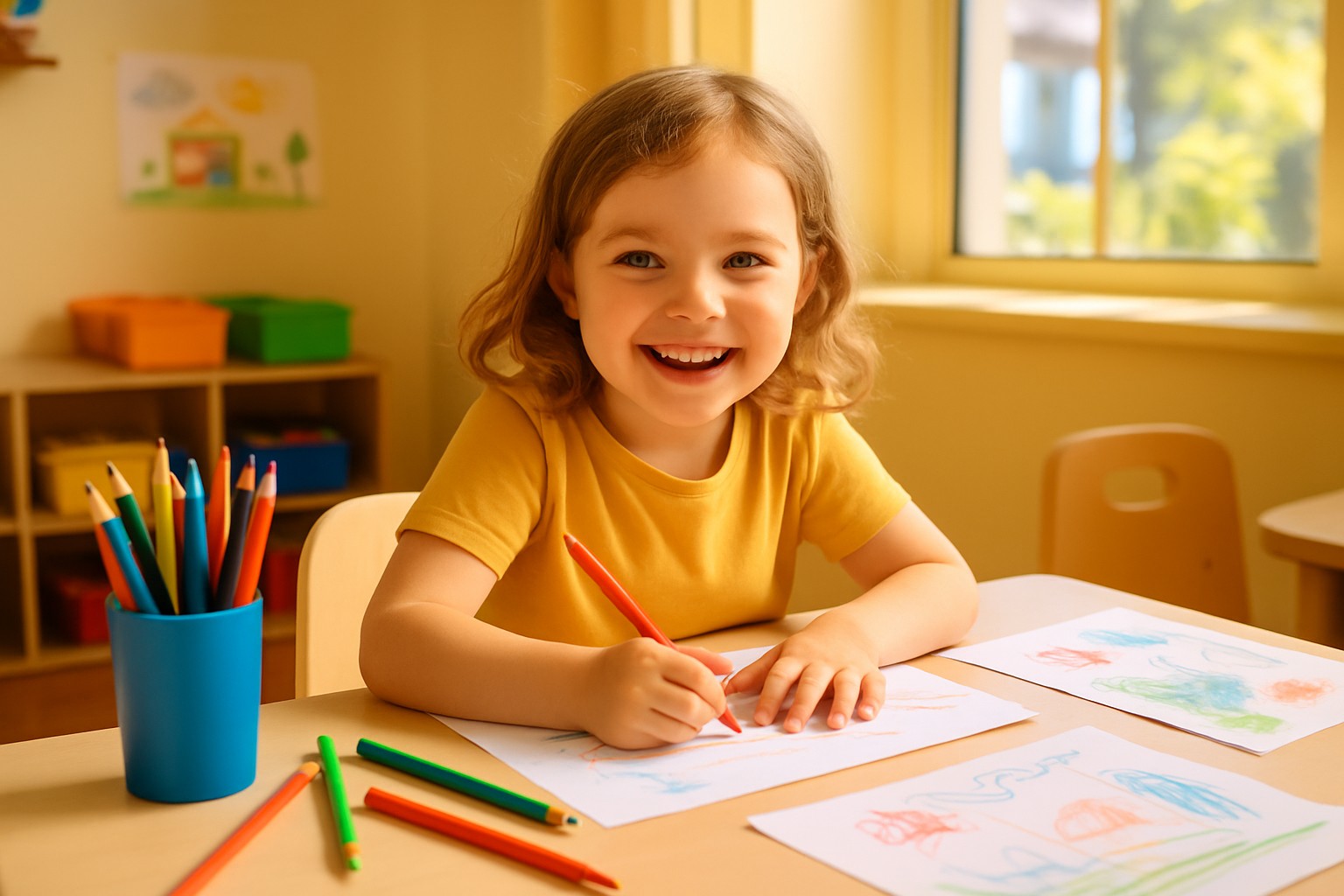
This guide helps you track down the best tools that support your child's journey into writing and creativity.
Primary pencils play a key role for young children especially those just starting to write and draw. Designed with early learners in mind, these pencils nurture key motor skills and spark creativity. Their softer leads and grips are easier to hold and help avoid the usual frustrations beginners face. This creates a friendly environment where kids feel good about practicing handwriting and art.
Primary pencils are writing tools crafted especially for young children. They come with thicker barrels and softer leads, making writing and coloring a breeze and way safer than your average pencil. You’ll often find these pencils sporting ergonomic shapes, thoughtfully designed to fit those tiny hands that are still figuring out how to hold on tight and build up their strength.
You might not have given it much thought, but those humble primary pencils play a surprisingly big role in a child's early education. They are not just writing tools; they are practically magic wands for little hands learning to shape their thoughts and letters. In my experience, the right pencil can make all the difference in those first scribbles turning into confident writing. After all, when you are just starting out, comfort, grip, and feel are everything and primary pencils have nailed it.
Primary pencils offer some truly valuable developmental perks for young kids. They help nurture fine motor skills and build up hand strength, all while quietly boosting confidence in writing and drawing. These pencils glide smoothly and feel just right, often inspiring children to keep practicing and letting their creativity run free
Primary pencils come in a variety of shapes and sizes, each crafted to suit different needs and little adventures. You have chunky jumbo pencils that are perfect for those tiny toddler hands still figuring out how to hold something without dropping it every five seconds. Then there are the triangular pencils, which do a neat job helping kids get that all-important proper grip down pat. And of course, colored pencils that basically scream creativity and fun. Choosing the right one often boils down to the child’s age and what kind of drawing or writing escapade they’re setting out on.
| Pencil Type | Key Features | Age Suitability | Ideal Uses |
|---|---|---|---|
| Triangular | Ergonomic shape that naturally encourages a tripod grip, making little hands comfy and steady | 3-7 years | Getting the hang of writing, early doodling adventures |
| Jumbo | Extra thick barrel designed for those tiny fingers to easily grab and hold on tight | 2-5 years | Energetic scribbling, coloring outside the lines, boosting motor skills |
| Colored | Soft, vibrant leads bursting with color variety to spark imagination | 3+ years | Creative drawing sessions and colorful masterpieces in the making |
| Mechanical | Delivers neat, consistent lines with handy refillable leads that keep going like the energizer bunny | 6+ years | More polished writing and artwork requiring precision and finesse |
Choosing the right primary pencil involves thoughtful juggling—consider your child's age and how they naturally grip the pencil. Also, think about whether their little hands will mostly scribble or work on neat writing. Comfort and safety definitely top the list.
Encouraging creativity with primary pencils feels surprisingly straightforward and rewarding. When these trusty tools are paired with fun activities in a warm supportive environment, parents and educators find it easier to inspire kids to dive right in without a second thought.
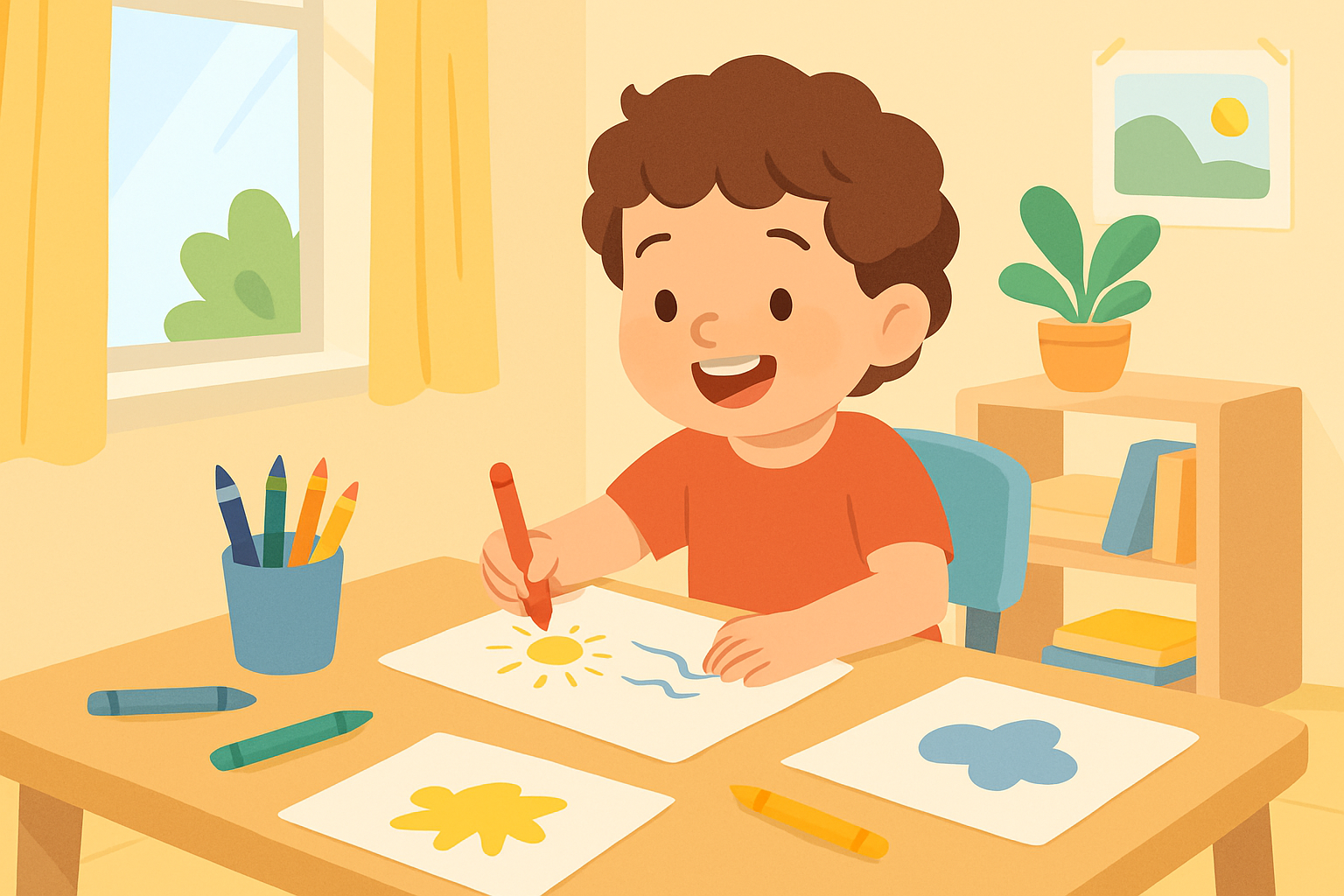
A young child engaging creatively with primary pencils in a bright, inviting creative space.
Introducing primary pencils into your child’s routine usually goes pretty smoothly when you take it step by step. Start with simple low-pressure activities. Gently show them how to hold and use those pencils and create a welcoming space where they feel free to experiment.
25 posts written
As a fan of cultural anthropology, Magnolia uncovers hidden patterns in human societies, translating complex social dynamics into captivating articles for curious minds.
Read Articles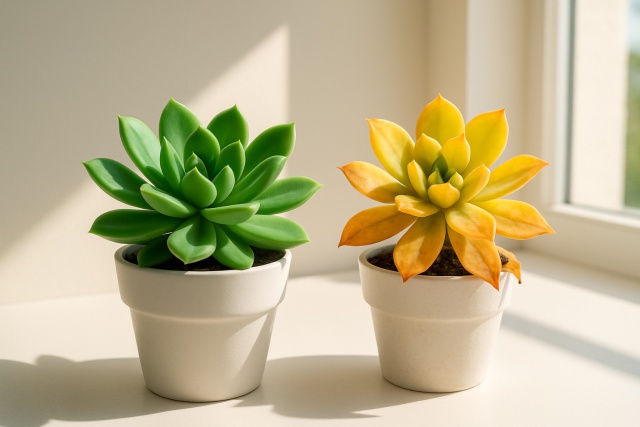
Yellowing leaves on your succulent are a sign of distress. Learn how to identify causes and apply ef...
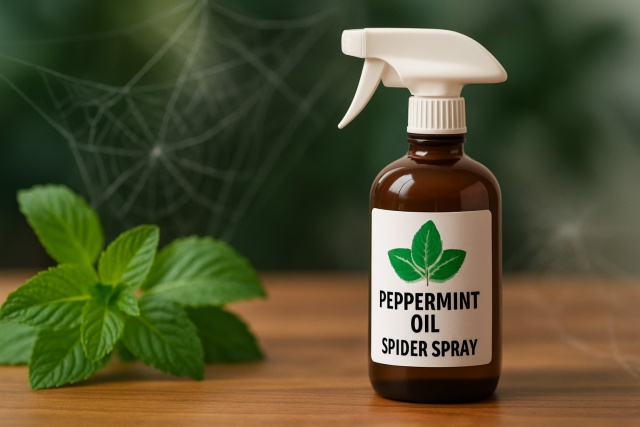
Discover a natural, homemade peppermint oil spider spray recipe that effectively repels spiders with...
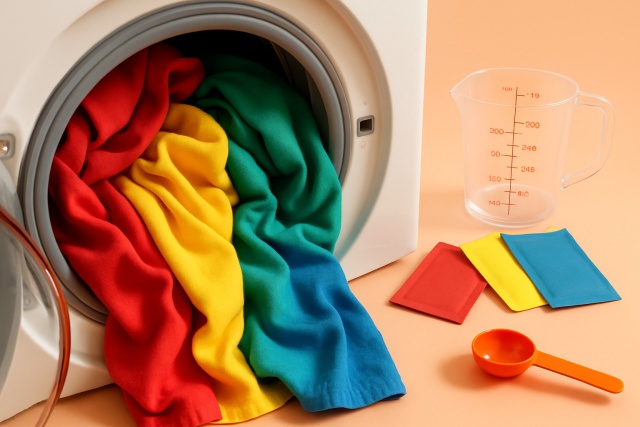
Discover practical tips and step-by-step instructions to dye fabric evenly using your washing machin...
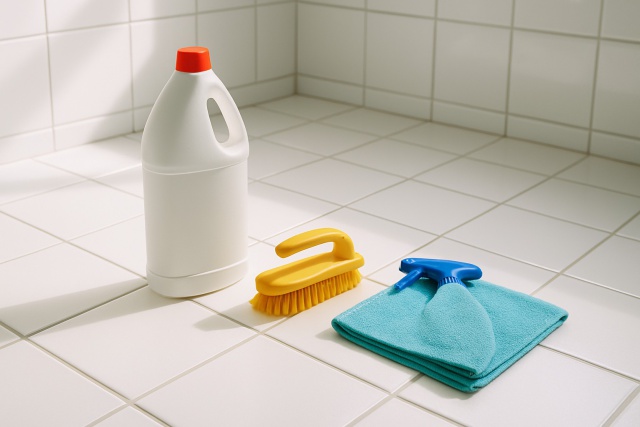
Bleach is popular for cleaning grout but can cause damage if misused. Learn how bleach interacts wit...
